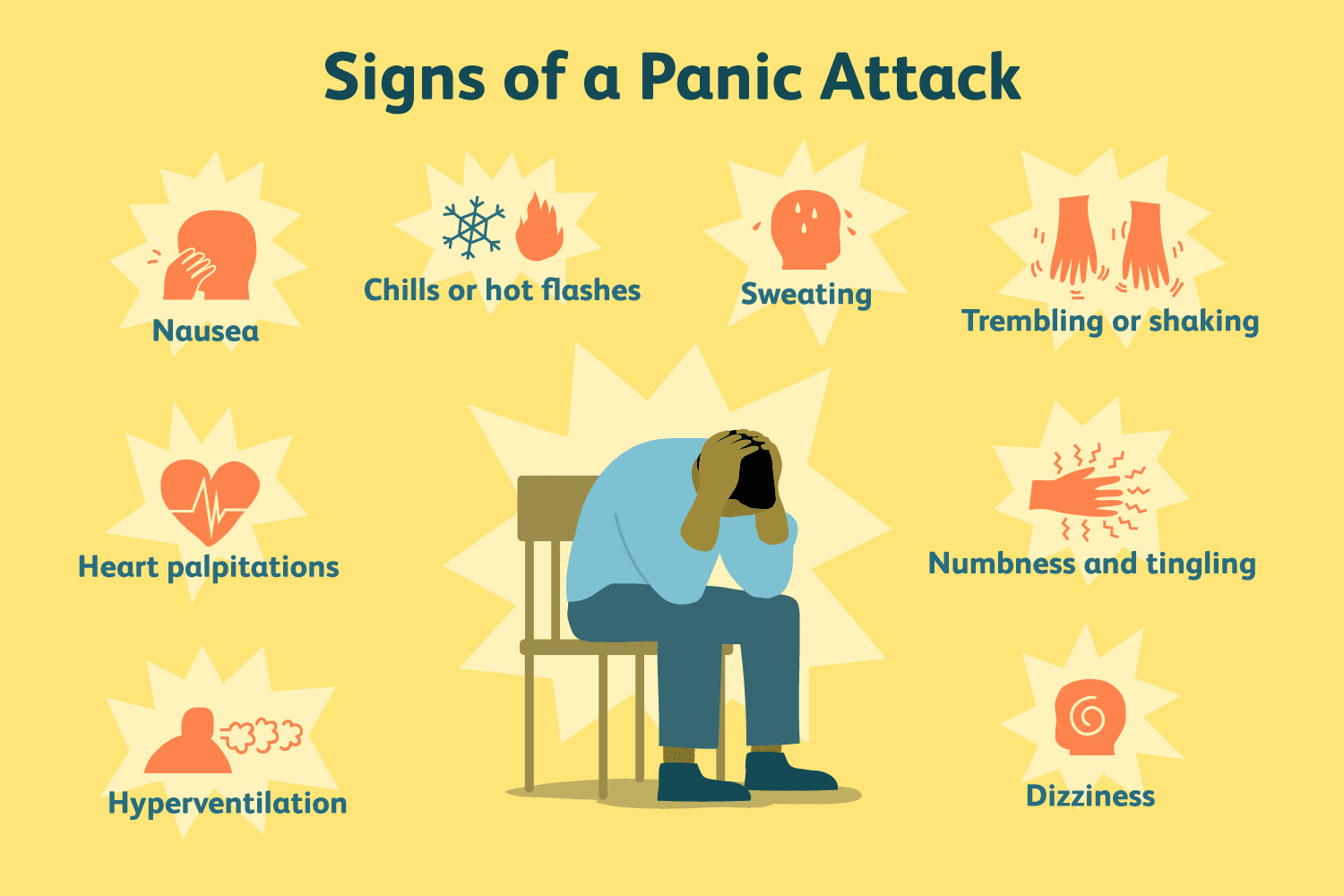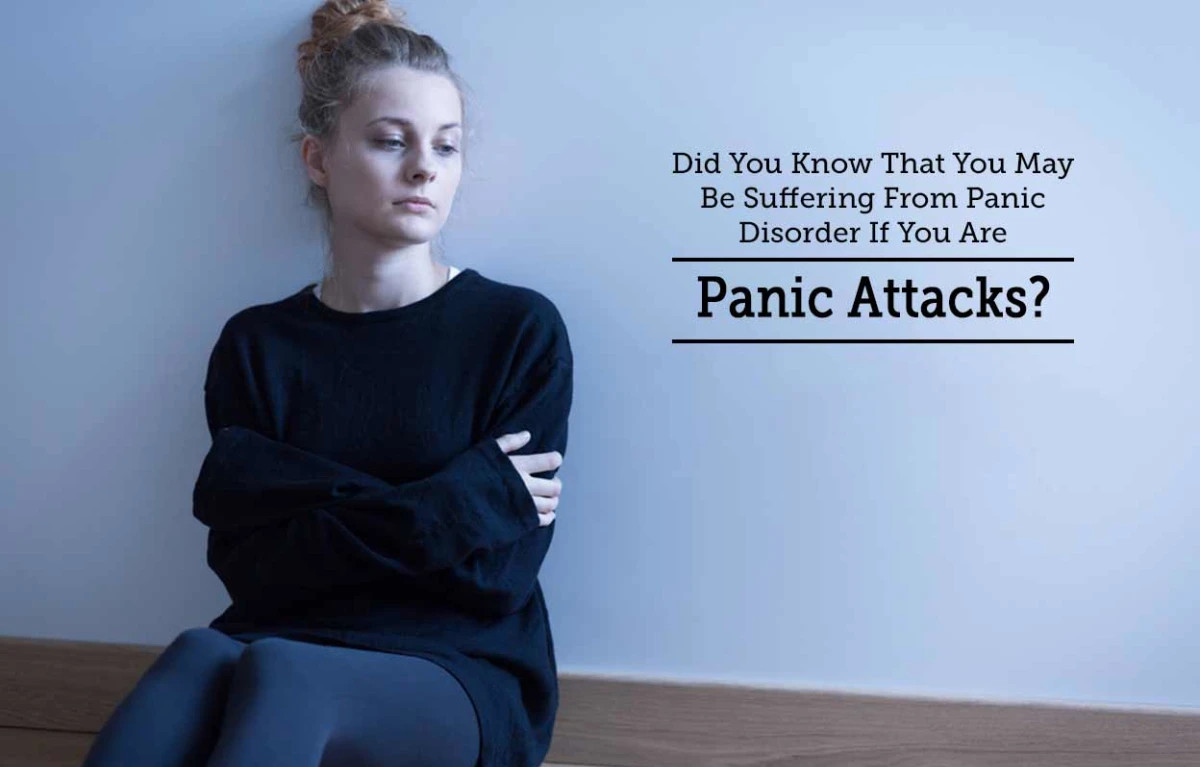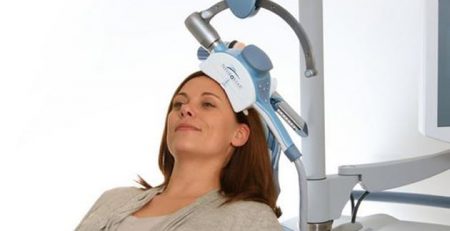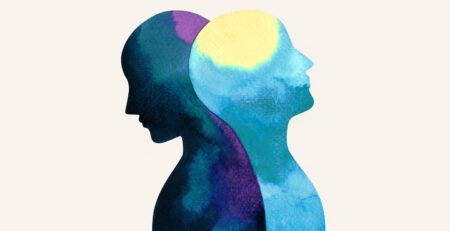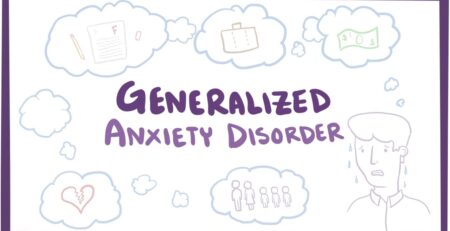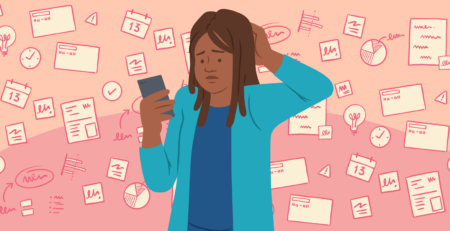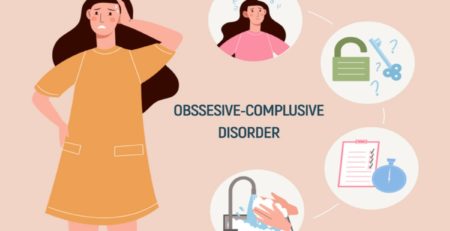Understanding Panic Disorder: Signs and Symptoms
Panic disorder is a type of anxiety disorder affecting millions of people worldwide. It is characterized by sudden, intense bursts of fear or anxiety, commonly called panic attacks. Panic disorder can be incredibly debilitating and significantly impact one’s quality of life if left untreated. In this blog post, we will discuss the signs and symptoms of panic disorder so that you can recognize when you or someone you know might be experiencing this condition.
Sudden and intense fear: One of the most common and noticeable symptoms of panic disorder is the sudden onset of severe anxiety or panic. These attacks can occur at any time without warning or specific triggers. The fear may be accompanied by physical symptoms such as chest pain, sweating, or shortness of breath and may cause one to feel as though they cannot control what is happening to them.
Physical Symptoms: Panic attacks often accompany physical symptoms, such as sweating, trembling, heart palpitations, and shortness of breath. These symptoms can be incredibly frightening and may cause one to feel as though they are having a heart attack or other medical emergency. The physical symptoms can also lead to avoidance behaviors or panic about having another attack.
Avoidance behaviors: Due to the fear and physical symptoms associated with panic disorder, individuals may begin to engage in avoidance behaviors to prevent future panic attacks. This may mean avoiding situations or places that trigger anxiety, such as crowded or enclosed spaces. Avoidance behaviors can be incredibly limiting and impact one’s social, occupational, and educational life.
General Anxiety: In addition to panic attacks, individuals with panic disorder may also experience generalized anxiety. This anxiety may manifest as excessive worry or fear about everyday things like work, school, or relationships. This chronic worry can lead to insomnia, irritability, and fatigue, making relaxing or enjoying social situations difficult.
Depression: Unfortunately, panic disorder can also lead to or worsen symptoms of depression. The constant fear and worry associated with anxiety and panic attacks can make it difficult to find pleasure in everyday activities or to feel motivated to engage in self-care. Additionally, panic disorder’s avoidance behaviors and limitations can lead to feelings of hopelessness or despair.
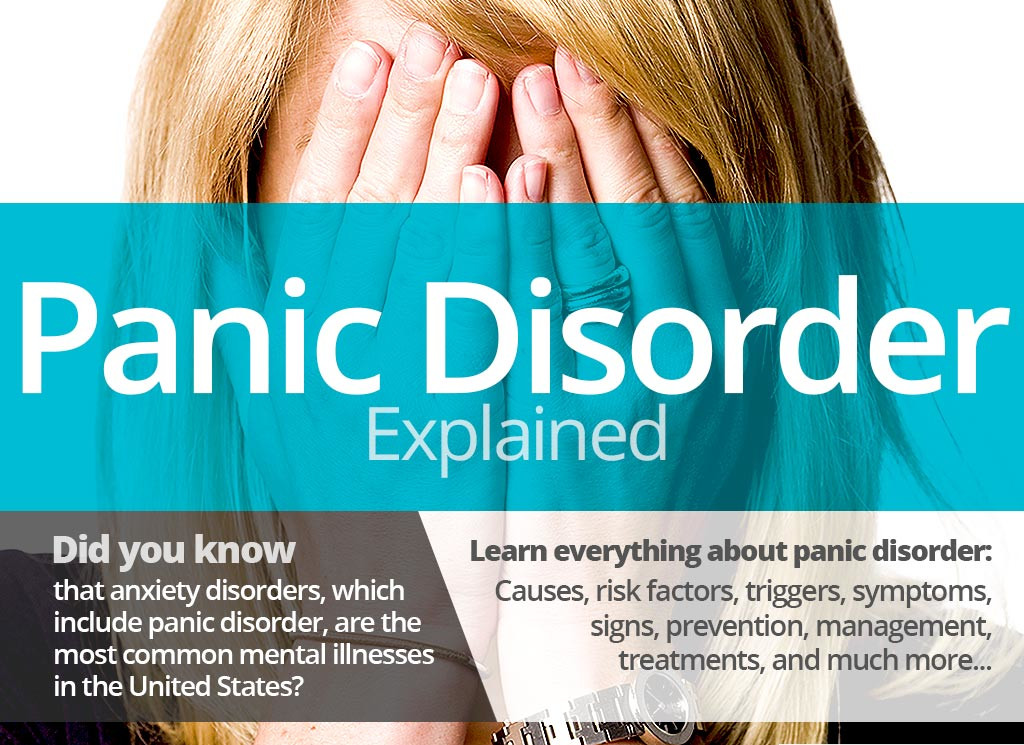
People with panic disorder may have:
- An intense worry about when the next panic attack will happen
- A fear or avoidance of places where panic attacks have occurred in the past
Physical symptoms during a panic attack, such as:
- Pounding or racing heart: Here, we can observe the power of a panic disorder; every beat, an echoing roar, the heartbeat only gaining momentum—and not in a good way. This thudding in one’s chest might feel like relentless pounding as if someone is inside their ribcage and won’t stop hammering. The hairs on the back of their neck stand up as a nervous wave comes crashing down, and all that’s left to do is endure this torturous sensation until it passes. But for some, there’s worse—heart racing from anxiety-inducing triggers long after the episode. It can torment day after day and have dire consequences on one’s health if extreme cases are not handled quickly. In the end, panic disorders play hide and seek. Who will win? Now that’s a question you don’t want to answer.
- Sweating: Feeling a mysterious heat wash over your body, relentlessly perspiring—experts call this “sweating.” It’s a way for those with panic disorders to express their overwhelming emotions outwardly. For many sudden, intense heat leaves their sheets drenched in the middle of the night. Many have taken to calling it “night sweats,” labeling it one of the symptoms induced by their worries and anxieties. Navigating obstacles and lurking thoughts can be incredibly difficult; frequently, people have to shift from calmness to an adrenaline state in seconds. And as this psychological reality grows more and more frenzied, over time, so does the sweat that accumulates off branches on the neck and drenches limbs at night.
- Chills: Anxiety can be a powerful and overwhelming force. Many people struggle with feelings of paralyzing fear and anxiety, often manifesting in the form of chilling panic attacks. These episodes can range from mild with transient physical symptoms to full-on disrupting the normal functioning of life. The panic disorder leaves many sufferers feeling helpless, introducing an extreme sense of dread that disrupts their day-to-day well-being, crushed by persistent worry and horror over seemingly small triggers. Therefore, these individuals must know they are not alone in fighting through such a battle.
- Trembling: Fear can cause uncontrollable trembling and shaking. These extreme reactions result from panic disorders, leaving individuals in a state of rapidly waning hope and dread. When feeling intimidated or overwhelmed by fear, some individuals may shake uncontrollably. Their eyes widen as cognitive functioning dulls until desperate breathlessness welcomes physical afflictions of anxiety. This dreaded disorder hinders any attempts at suppressing fear or confusion from rising above emotions and distressful sensations.
- Difficulty breathing: Do you ever struggle to breathe, not from any physical health issue, but from mental and emotional stress? This can happen in the presence of panic disorders. All the anxious thoughts swirling around inside your head might be crowded out by unease that reaches a suffocating level. It almost feels like an invisible hand squeezing around your throat, literally robbing your body of precious air. You are not alone if this is something you experience on occasion or even often; comprehending and overcoming a panic disorder requires resiliency, understanding, and guidance from those around you. Be assured that there can be liberation from the discord experienced in panic disorder.
- Weakness or dizziness: Panic disorders can leave you feeling weak and dizzy. In intense fear and anxiety stages, many suffer an unsettling sensation that affects their daily life. It can also impair cognitive functioning, making yet another symptom of panic disorders more burdensome. The weakness or dizziness felt while experiencing panic is particularly concerning as it might lead to falls or other adverse events. Severe bouts of weakness may cause hesitation in leaving one’s house, walking distance, or growing confidence. There are a variety of techniques, including talk therapy, medications, and practice exercises, to help treat the inflammation brought on by panic disorders and even manage weakness or dizziness caused by chronic mental illness.
- Tingly or numb hands: The feeling of tingling or numbness in the hands is an all too common symptom of panic disorders. It can leave sufferers feeling anxious, frustrated, and on edge. These sensations can be incredibly frustrating, even disabling, for some people. Thankfully, there are healthy coping strategies that can help to manage these symptoms. Physiological relaxation strategies such as muscle relaxation and diaphragmatic breathing, combined with talking with a trusted mental health professional, can provide much-needed relief when symptoms arise. Remember, you’re not alone in managing panic disorder; help is available and achievable.
- Chest pain: Chest pain can be brought on by a panic disorder and cause a lot of anguish and worry. Those who experience it can feel a squeezing sensation in their chest, as though something is constricting breathing and making it more difficult. The more one worries and overthinks, the more complex and faster the heart rate increases, focusing the individual’s attention on this feeling of severe discomfort. It’s imperative to lean into supportive doctors immediately upon recognizing these sensations, as leaving them untreated can only lead to further frustration. Those struggling often feel lost for solutions before uncovering that with help, their problem can indeed be helped or possibly even reversed.
- Stomach pain or nausea: Panic disorders can be physically and mentally debilitating. People who suffer from them may experience agonizing stomach pain or the onset of nausea. It is often accompanied by physical and mental anxiety manifesting in an inability to breathe or focus on everyday tasks. Panic disorders come on suddenly, leaving sufferers scared and uncertain of what is happening within their bodies. They can find it challenging to distinguish daily stress from more severe panic attacks, adding to the overall confusion of why this has happened in the first place. This stomach pain or nausea caused by panic disorders is a natural symptom that requires medical attention– certainly not something to take lightly!
What causes panic disorder?
Panic disorder is a complex and mysterious condition that often runs in families. While no one knows for sure why some members of a family are affected by it, researchers have identified several parts of the brain and biological processes that may play a significant role in fear and anxiety. Panic attacks, in particular, are thought to be “false alarms,” triggered when survival instincts kick in too often or too strongly. This can cause a vicious cycle where panic attacks seemingly come out of nowhere, causing a person to feel like they are constantly on edge. Understanding these underlying causes of panic disorder is crucial to developing effective treatments for those who suffer from it.
How is panic disorder treated?
Experiencing symptoms of panic disorder can be overwhelming and scary, but it’s essential to talk to a healthcare provider if you think you may have this condition. Your provider will likely start with discussing your history and may conduct a physical exam to ensure an unrelated physical issue doesn’t cause your symptoms. They may refer you to a mental health professional for a diagnosis if necessary. Effective treatment typically involves a combination of psychotherapy and medication tailored to the individual’s needs. Don’t hesitate to speak with a provider about the best treatment plan for you.
Communicate
If you’re feeling overwhelmed by panic disorder symptoms, take the time to have an honest conversation with someone that you trust. Sometimes, knowing you have empathy and understanding from others can make all the difference when working through troubling thoughts.
If a friend or family member is struggling, set aside time to talk with them in private to let them know you’re there for them. Reaching out to offer love and support makes a more significant impact than we might think and can help begin long-lasting healing.
Understanding the physical effects of panic disorder is vital in helping ourselves or those we love find their way back to peace of mind. We may not always know how to verbalize our feelings or even recognize their existence, but initiating these conversations is essential in providing a safe space for vulnerability and trust.
Know When to Seek Help
Sometimes life can give us some challenging moments—at school, work, or social relationships. And if the worry of our own or a loved one’s anxieties starts to get in the way, it is essential to seek help from your healthcare provider. Don’t be afraid of talking about your mental health and taking action before situations worsen. Sometimes it’s not enough to try coping on your own– even though that might feel like the most straightforward solution — getting professional help is usually the sign you are ready for a change. Let Little Doors guiding professionals walk with you to success and provide you with the practical toolkits you can use to manage your anxieties. Say goodbye to chaotic days and anxious feelings and develop the ability to focus on what’s important in life by improving your mental health today!
Panic disorder is a severe and often debilitating condition that can impact nearly every aspect of an individual’s life. By recognizing the signs and symptoms of this disorder, individuals can seek early treatment to improve their quality of life. If you or someone you know is experiencing panic attacks or other symptoms associated with panic disorder, contact a mental health professional for support and treatment options.
